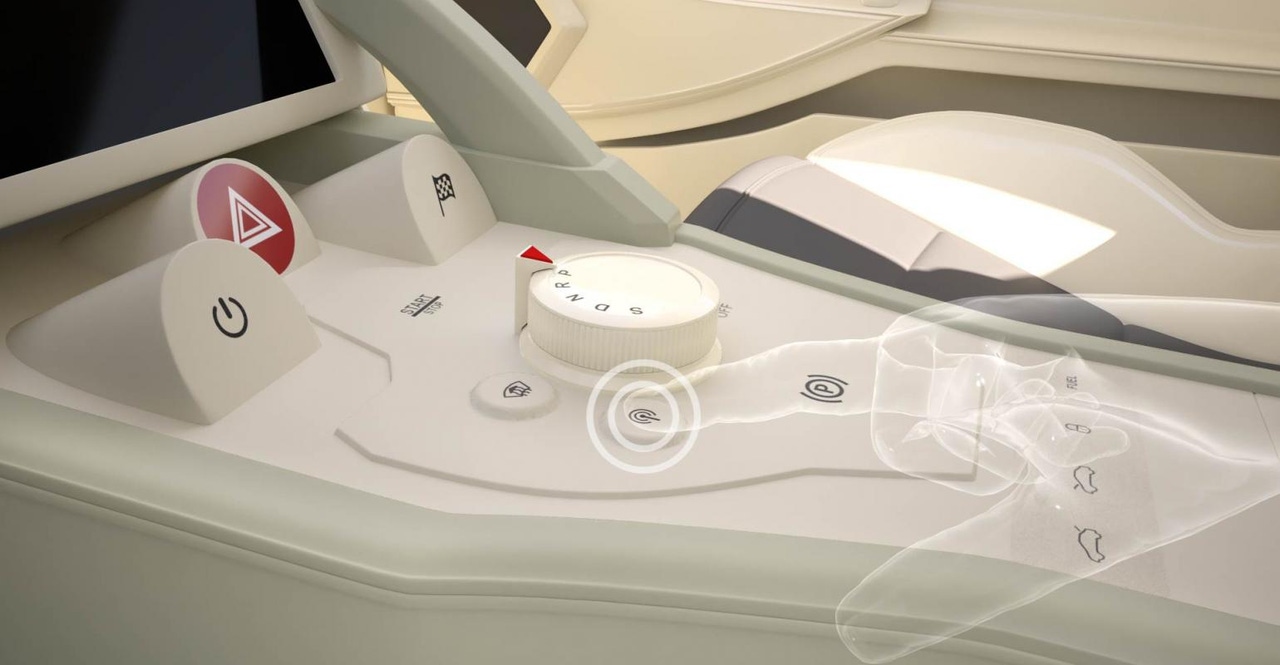Haptic Feedback: At the Interface Between Human and MachineHaptic Feedback: At the Interface Between Human and Machine
Datwyler shows how Electro Active Polymers (EAP) can be used for various customized haptic feedback technology solutions in today’s car interior designs.
August 30, 2021

Haptic feedback, or the ability to communicate through touch, is becoming increasingly important in vehicle design.
The age of the conventional switch or button is fast coming to an end, and as components such as flat screen technology are rapidly taking their place, there is still an element from traditional alternatives that serves to make drivers feel more confident in their operation.
When a switch or button is flicked or pressed, there is a sense that what you have asked it to do has been done, either through hearing a tangible ‘click’ or simply through touch. A flat screen does not naturally provide this same level of feedback, however through haptic components the driver will literally be able to feel that a command has been received via a pulse or vibration.
Of course, haptic technology is far from restricted to the dashboard. Within Datwyler there is a dedicated ideation team working towards a number of innovative projects, all of which take full advantage of what we term ‘customized haptic feedback’.
Take, for example, a steering wheel. It is not a new development to have a steering wheel vibrate when a driver is starting to drift out of lane, but imagine a steering wheel that delivers different signals for different situations, such as an impulses for turning left or right given by the navigation system.
The ability to control smart materials through electronic control units makes this customization possible, as elements such as the frequency, amplitude and the shape of the pulse can be modified extensively, providing a great many opportunities to add functionality within a vehicle.
Also the driver’s seat, for example, could be linked to the navigation system, vibrating or pulsing when a turn is imminent to avoid the use of voice feedback, while various parameters could also be monitored to alert the vehicle should the driver appear to be falling asleep, triggering perhaps a more rigorous reaction and thus contributing directly to the safety levels of a vehicle.
The opportunities to influence the driving experience are many and varied, and as we have looked at this interface between human and machine a little more closely, what has become clear is that customized haptic feedback can also be combined with other critical functions within a vehicle.
One such area, as an example, involves Electro Active Polymers (EAP) used to create a Stacked Actuator. The technology is based on the creation of small capacitors in a three-layer system, consisting of two electrodes constructed using conductive materials and a soft electroactive polymer between them.
When voltage is applied to the capacitor the surface electrodes start to move toward each other, which compresses the polymer and thus allows for a small amount of axial movement. These are then created as a stack in order to facilitate additional axial movement, which when voltage is applied means the actuator can be integrated directly into virtually any component that requires actuation without the need for an additional motor or gear.
It has a very broad field of application. First, it acts as a linear actuator, substituting a conventional mechanical drive, i.e. motor, coil system etc. Further, it may provide haptic feedback at the interface between human and machine. In ergonomics, an EAP can be utilized to morph buttons, directly contributing to safety and intuition.
However, this tackles only the actuation portion of an EAP. With regards to sensing, further possibilities arise; when pressure is applied to a stacked actuator the change in capacity can be utilized as a sensor or button, for example; the two functions work in harmony, further extending the field of use.
About the Author
You May Also Like